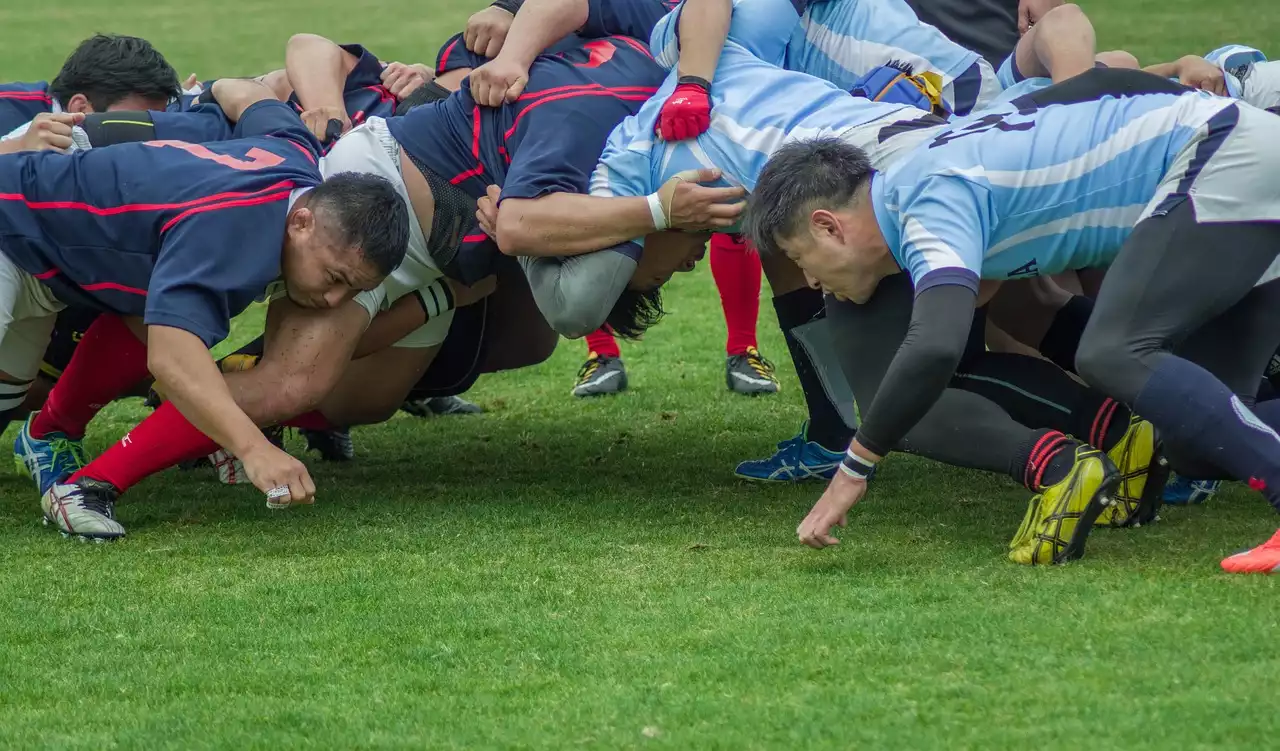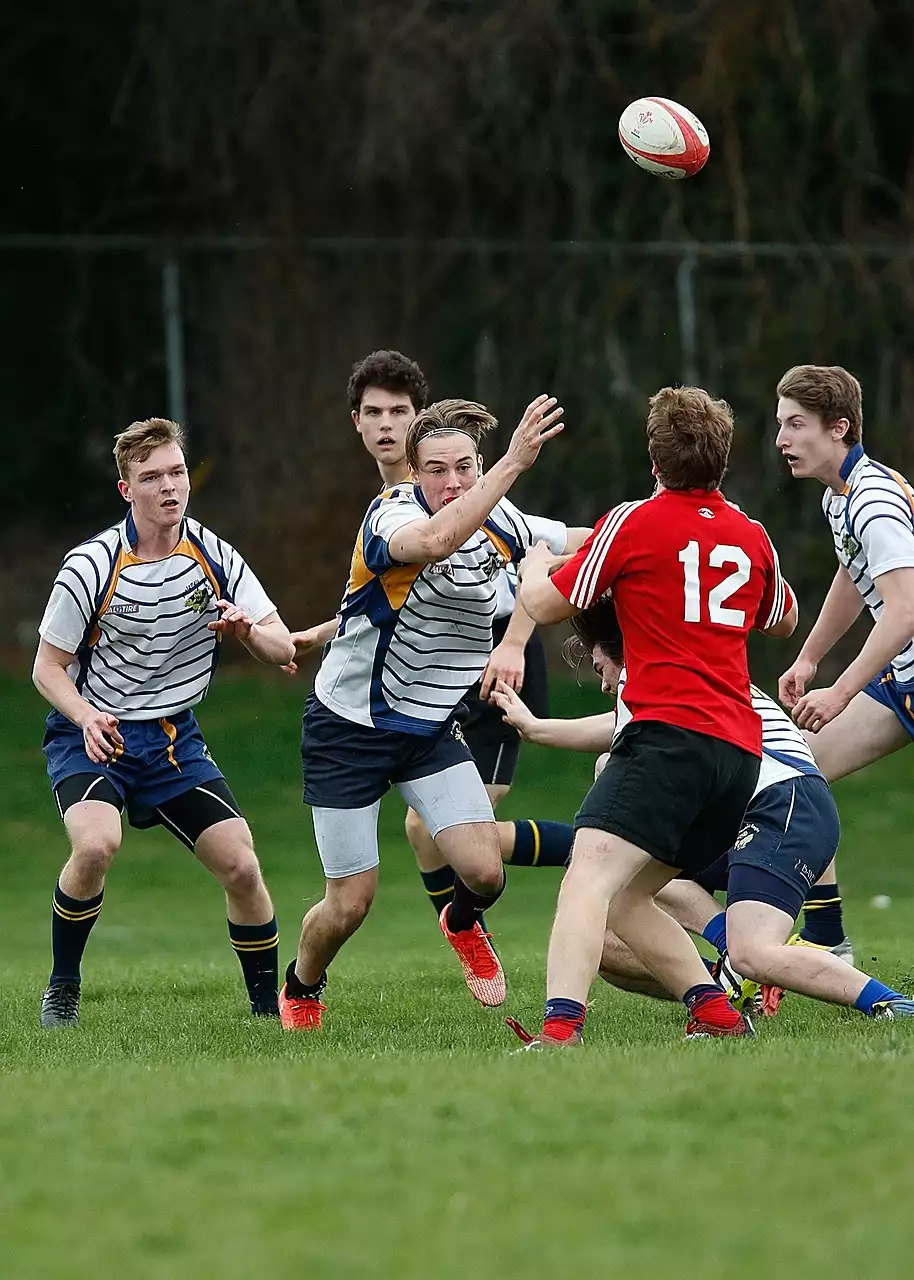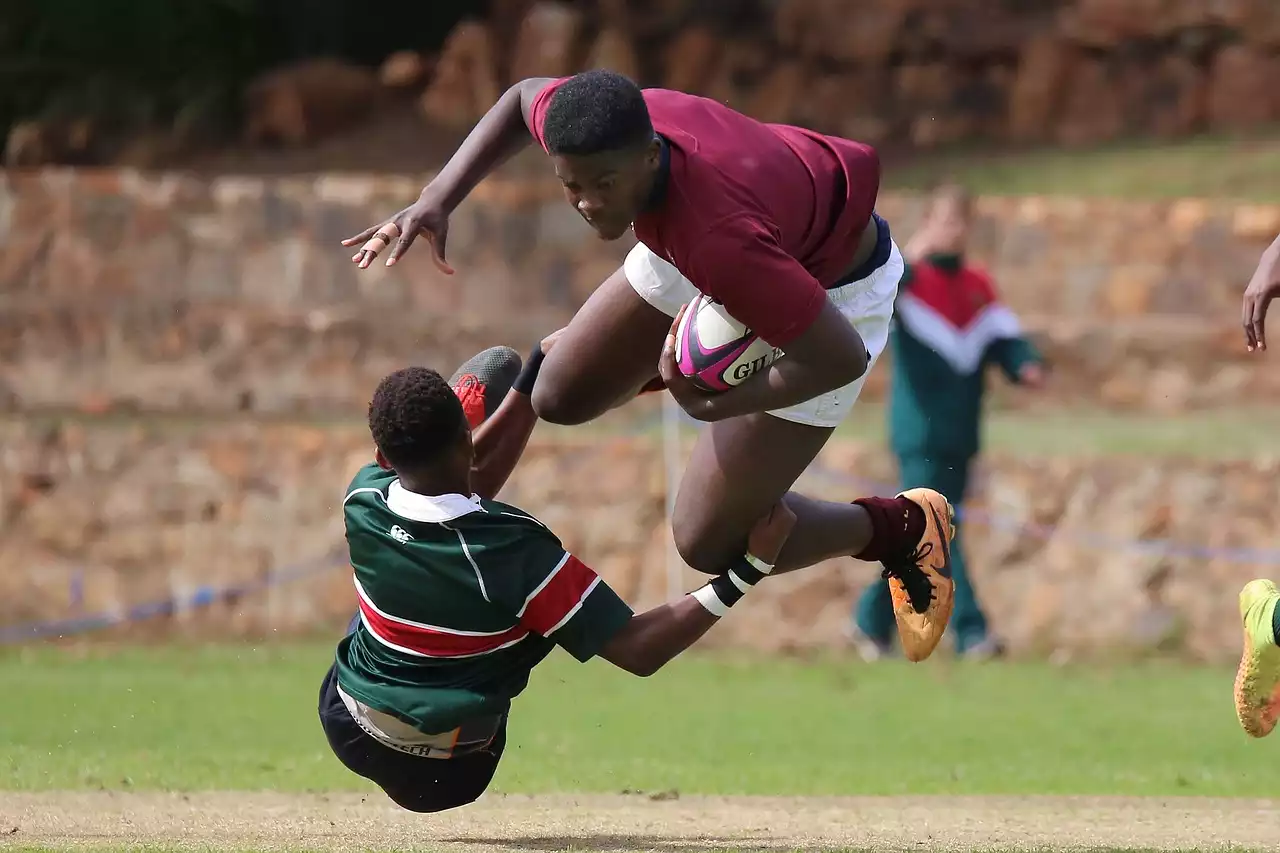What is a Rugby Scrum?
A scrum is a formation used in rugby consisting of eight players from each team, with each team forming a "pack" in the shape of a triangle. The two packs then come together in a push-and-shove contest, aiming to gain possession of the ball. Although scrum is a physical contest, it is also a highly tactical and strategic part of the game.
The scrum is a crucial part of the game and is often seen as the most important part. It is the only way to restart play after a stoppage, and it is often the key to winning or losing a game. The rules of a rugby scrum are designed to ensure that the game is contested fairly and safely and that the players compete in an even contest.
Rules of the Scrum
The rules of a rugby scrum are laid out in the International Rugby Board's Laws of the Game. The rules are designed to ensure that the scrum is contested fairly and safely and that each team has an equal chance of winning the ball.
The main rules governing the scrum are as follows:
- The players must form a triangle, with the front row consisting of three players and the back row consisting of five players.
- The players must not push or pull each other and must remain in a stationary position.
- The ball must be thrown in between the two packs by the team that does not have the ball.
- The ball must be thrown straight and at the same height as the players' heads.
- The ball must be thrown in at a right angle to the sideline.
- The scrum must be formed at least five meters from the goal line.
These rules are designed to ensure that the scrum is contested fairly and safely and to ensure that each team has an equal chance of winning the ball.
Roles of the Players in the Scrum
In a scrum, there are specific roles for each player. The front row consists of three players, the hooker, the tighthead prop, and the loosehead prop. The hooker is responsible for hooking the ball back to the scrum-half, the tighthead prop is responsible for binding with the opposing prop, and the loosehead prop is responsible for providing stability for the scrum.
The back row consists of five players, the number 8, the flankers, and the scrum half. The number 8 is responsible for picking up the ball from the base of the scrum and distributing it to the scrum half. The flankers are responsible for binding with the opposing flankers and providing support to the other players in the scrum. The scrum half is responsible for receiving the ball from the number 8 and distributing it to the backs.
All players in the scrum must understand their roles and work together as a team to gain possession of the ball.
Scrum Formation
Once the players are in position and the referee has signaled for the scrum to begin, the two packs must form a triangle. The front row of each team must be parallel to the goal line, and the back row must be perpendicular to the goal line. The two packs must then bind together to form a solid unit.
Once the packs are in position, the referee will signal for the ball to be thrown in. The ball must be thrown in between the two packs, at the same height as the players' heads, and a right angle to the sideline.
Scrum Engagement
Once the ball has been thrown in, the two packs must then engage in a push-and-shove contest in an attempt to gain possession of the ball. The aim of the scrum is for the team in possession to keep the ball in the scrum and for the opposing team to try and win the ball back.
The two packs must remain stationary throughout the scrum, and the players must not push or pull each other. The players must not use their hands or arms to move the ball, and must not attempt to kick the ball out of the scrum.
Scrum Reset
If either team does not win the ball, the referee may call for a reset. The two packs must then reset their positions, and the ball must be thrown in again. This process can be repeated several times until one team can gain possession of the ball.
Scrum Disengagement
Once a team has gained possession of the ball, the scrum must be disengaged. The players must cease all pushing and shoving and the scrum must be reset. The ball must then be played by the team in possession.
Scrum Penalties
If a team infringes the rules of a scrum, the referee may award a penalty. Common infringements include pushing or pulling, failing to bind correctly, and not resetting correctly. These penalties can result in a free kick or a penalty kick being awarded to the non-offending team.









.png?size=50)

